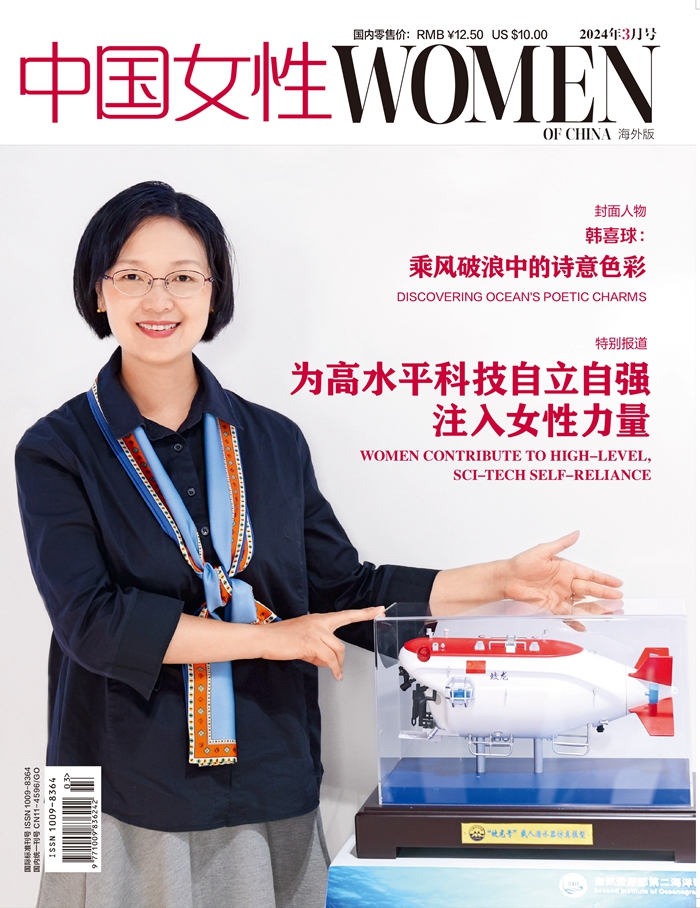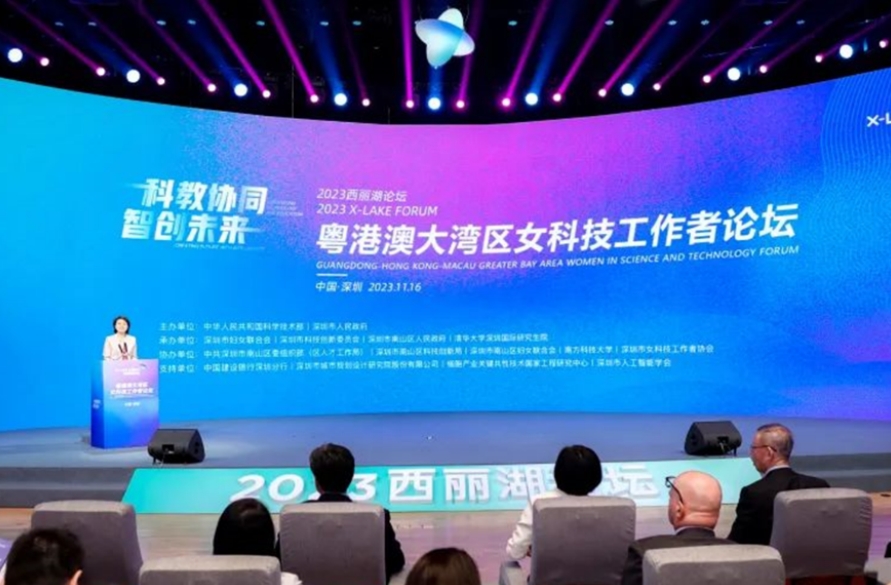Ancient Li Brocade Steps onto Int'l Stage
 |
| Women of the Li ethnic group demonstrate Li brocade weaving during a culture exhibition at a theme park of the Boao Forum for Asia (BFA) in Boao, south China's Hainan Province, April 20, 2022. [Xinhua/Zhang Liyun] |
HAIKOU, March 4 (Xinhua) — Donning a traditional Li ethnic group costume, a woman sits on the ground and weaves colorful yarn into delicate brocade, with spindles gently shuttling back and forth on the loom. Such a scene has been common in China's southernmost province of Hainan, whether in Li villages or public places, such as scenic spots, museums, and exhibitions.
The Li brocade, created by the Li ethnic group on Hainan Island, boasts a history of around 3,000 years. The Li brocade tradition, the entire process of which includes spinning, dyeing, weaving, and embroidery, was included in the World Intangible Cultural Heritage list in 2009.
Hu Chunfang, 66, who lives in Jiamao Town of the province's Baoting Li and Miao Autonomous County, began learning the craft as an apprentice since she was nine years old. Hu is one of the few provincial-level inheritors of the Li brocade in Hainan.
In recent years, Hainan has invested heavily in opening training institutes to teach the techniques of Li brocade to the locals. Since 2012, Li brocade has been introduced as a course in primary and secondary schools in the province. Local authorities have also formulated a raft of measures to strengthen the systematic protection and innovative development of Li brocade, striving to help the traditional skills survive time.
To spread extensively the Li brocade skills, Hu has compiled teaching materials by herself. Over the years, she traveled to more than a dozen provinces and cities, taking on more than 40 people, including her relatives, neighbors and even craft lovers all over the country, as her apprentices, and training thousands of people.
Meanwhile, Hu also constantly brought her Li brocade works to participate in the exchange activities of intangible cultural heritage in Japan and France on behalf of Hainan. A set of her double knit handicraft of Li brocade was collected by UNESCO when it was exhibited in Paris.
Hainan is vigorously pushing the Li culture to go global as well, with the ancient craft further expanding its presence on the international stage during the past five years.
In 2019, the Li brocade techniques became the first Chinese intangible cultural heritage project to be put on display at UNESCO headquarters. Last year, the exhibition and exchange activities of Li culture entered the world's fashion capital of Milan, Italy.
In addition, Li brocade has also appeared in the Boao Forum for Asia Annual Conference for many consecutive years and was presented as a national gift to guests at home and abroad.
The traditional exquisite brocade is embracing the modern fashion industry as local authorities make efforts to expand its inheritance and development space further. The city of Wuzhishan in Hainan has signed a talent training agreement with the Shenzhen school of Italy's top art school Istituto Marangoni, with accessories, silhouette, fabric and digitization on the curriculum.
The intangible cultural heritage is also being made into creative products, such as handbags, bookmarks, table flags, and costumes. As nice-looking and utilitarian featured souvenirs, they have been introduced into Hainan's major tourist attractions, popular business areas, and airports. Some products have entered the cultural exhibitions and consumer markets in foreign countries, including Britain, Italy, the Republic of Korea, Japan, and Norway.
Hu said that with Li brocade blooming nowadays, "its cultural value not only belongs to China, but also the world."
(Source: Xinhua)
Please understand that womenofchina.cn,a non-profit, information-communication website, cannot reach every writer before using articles and images. For copyright issues, please contact us by emailing: website@womenofchina.cn. The articles published and opinions expressed on this website represent the opinions of writers and are not necessarily shared by womenofchina.cn.








 WeChat
WeChat Weibo
Weibo 京公网安备 11010102004314号
京公网安备 11010102004314号